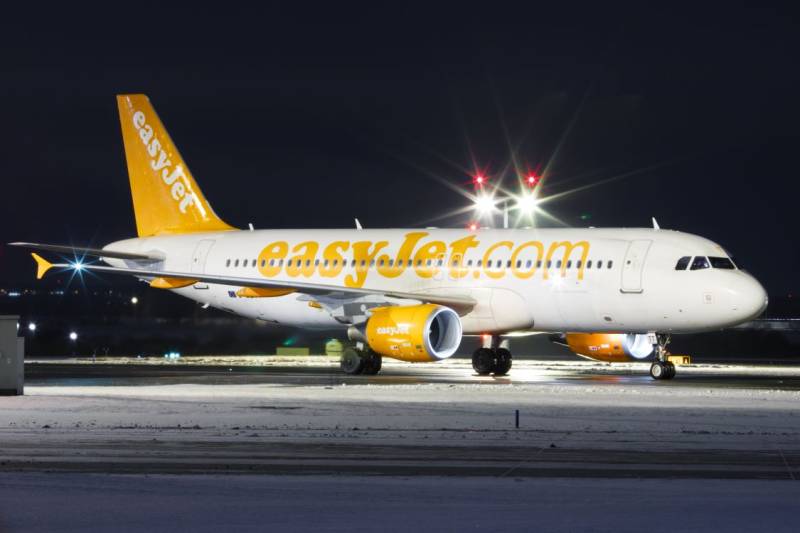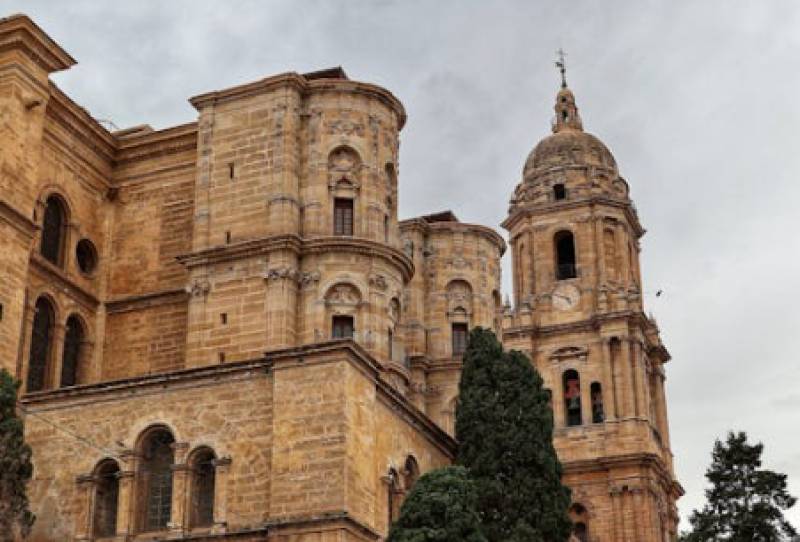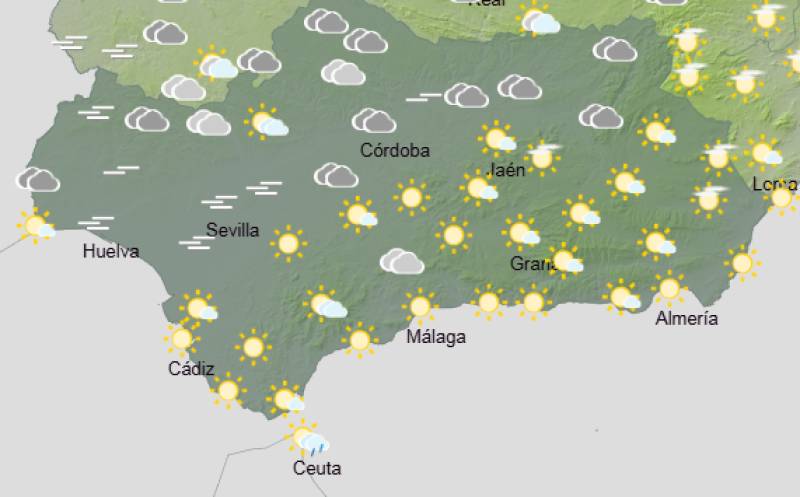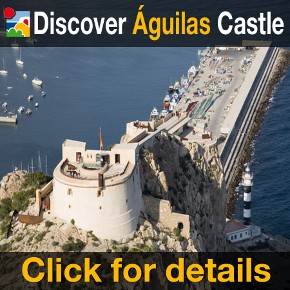Find more information by AREA, TOWN or URBANISATION .....
Cabo de Palos
Cartagena
El Carmoli
Islas Menores and Mar de Cristal
La Manga Club
La Manga del Mar Menor
La Puebla
La Torre Golf Resort
La Union
Los Alcazares
Los Belones
Los Nietos
Los Urrutias
Mar Menor Golf Resort
Pilar de la Horadada
Playa Honda / Playa Paraiso
Portman
Roldan and Lo Ferro
San Javier
San Pedro del Pinatar
Santa Rosalia Lake and Life resort
Terrazas de la Torre Golf Resort
Torre Pacheco
Cartagena
El Carmoli
Islas Menores and Mar de Cristal
La Manga Club
La Manga del Mar Menor
La Puebla
La Torre Golf Resort
La Union
Los Alcazares
Los Belones
Los Nietos
Los Urrutias
Mar Menor Golf Resort
Pilar de la Horadada
Playa Honda / Playa Paraiso
Portman
Roldan and Lo Ferro
San Javier
San Pedro del Pinatar
Santa Rosalia Lake and Life resort
Terrazas de la Torre Golf Resort
Torre Pacheco
Aguilas
Aledo
Alhama de Murcia
Bolnuevo
Camposol
Condado de Alhama
Fuente Alamo
Hacienda del Alamo Golf Resort
Lorca
Mazarron
Puerto de Mazarron
Puerto Lumbreras
Sierra Espuna
Totana
Aledo
Alhama de Murcia
Bolnuevo
Camposol
Condado de Alhama
Fuente Alamo
Hacienda del Alamo Golf Resort
Lorca
Mazarron
Puerto de Mazarron
Puerto Lumbreras
Sierra Espuna
Totana
Abanilla
Abaran
Alcantarilla
Archena
Blanca
Corvera
El Valle Golf Resort
Hacienda Riquelme Golf Resort
Lorqui
Molina de Segura
Mosa Trajectum
Murcia City
Peraleja Golf Resort
Ricote
Sucina
Abaran
Alcantarilla
Archena
Blanca
Corvera
El Valle Golf Resort
Hacienda Riquelme Golf Resort
Lorqui
Molina de Segura
Mosa Trajectum
Murcia City
Peraleja Golf Resort
Ricote
Sucina
Urbanisations
CamposolCondado de Alhama
El Valle Golf Resort
Hacienda del Alamo Golf Resort
Hacienda Riquelme Golf Resort
Islas Menores and Mar de Cristal
La Manga Club
La Torre Golf Resort
Mar Menor Golf Resort
Mazarron Country Club
Mosa Trajectum
Peraleja Golf Resort
Santa Rosalia Lake and Life resort
Terrazas de la Torre Golf Resort
La Zenia
Lomas de Cabo Roig
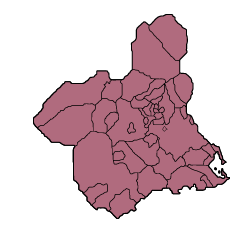
Important Topics:
CAMPOSOL TODAY Whats OnCartagena SpainCoronavirusCorvera Airport MurciaMurcia Gota Fria 2019Murcia property news generic threadWeekly Bulletin
CAMPOSOL TODAY Whats OnCartagena SpainCoronavirusCorvera Airport MurciaMurcia Gota Fria 2019Murcia property news generic threadWeekly Bulletin










 The Catedral de Sevilla is a masterpiece in every sense. Covering an area of over 11,500 square metres, it surpasses even the iconic Notre Dame in Paris. Inside, the cathedral boasts 80 chapels, an enormous gilded altarpiece considered the largest in Christendom, and breathtaking stained-glass windows that flood the vast space with light.
The Catedral de Sevilla is a masterpiece in every sense. Covering an area of over 11,500 square metres, it surpasses even the iconic Notre Dame in Paris. Inside, the cathedral boasts 80 chapels, an enormous gilded altarpiece considered the largest in Christendom, and breathtaking stained-glass windows that flood the vast space with light. The origins of the cathedral date back to 1401 when the city’s leaders decided to replace the mosque that once stood on the site. According to legend, they declared: “Let us build a church so beautiful and so magnificent that those who see it finished will think we were mad.” The result is a staggering structure that took more than a century to complete and remains a symbol of Seville’s wealth and power during the Middle Ages.
The origins of the cathedral date back to 1401 when the city’s leaders decided to replace the mosque that once stood on the site. According to legend, they declared: “Let us build a church so beautiful and so magnificent that those who see it finished will think we were mad.” The result is a staggering structure that took more than a century to complete and remains a symbol of Seville’s wealth and power during the Middle Ages. Among the many treasures housed within the cathedral, one of the most significant is the
Among the many treasures housed within the cathedral, one of the most significant is the  For visitors exploring Seville, a trip to this cathedral is a must. The experience is not just about admiring its architecture but also about stepping into a space that has witnessed centuries of history, from royal ceremonies to religious processions. The ascent up La Giralda is a highlight, rewarding those who climb its ramps (built for horses rather than stairs) with breathtaking views over the city.
For visitors exploring Seville, a trip to this cathedral is a must. The experience is not just about admiring its architecture but also about stepping into a space that has witnessed centuries of history, from royal ceremonies to religious processions. The ascent up La Giralda is a highlight, rewarding those who climb its ramps (built for horses rather than stairs) with breathtaking views over the city.



